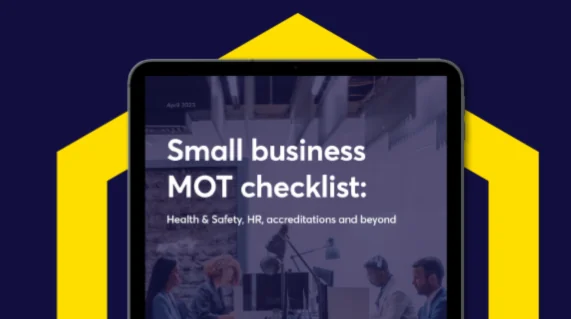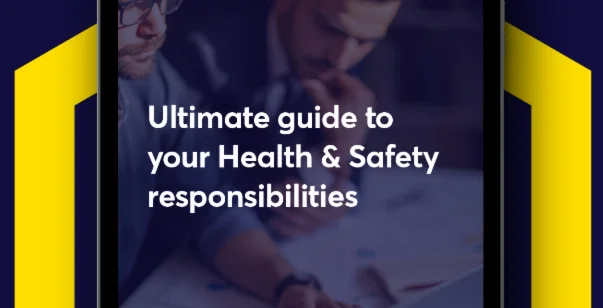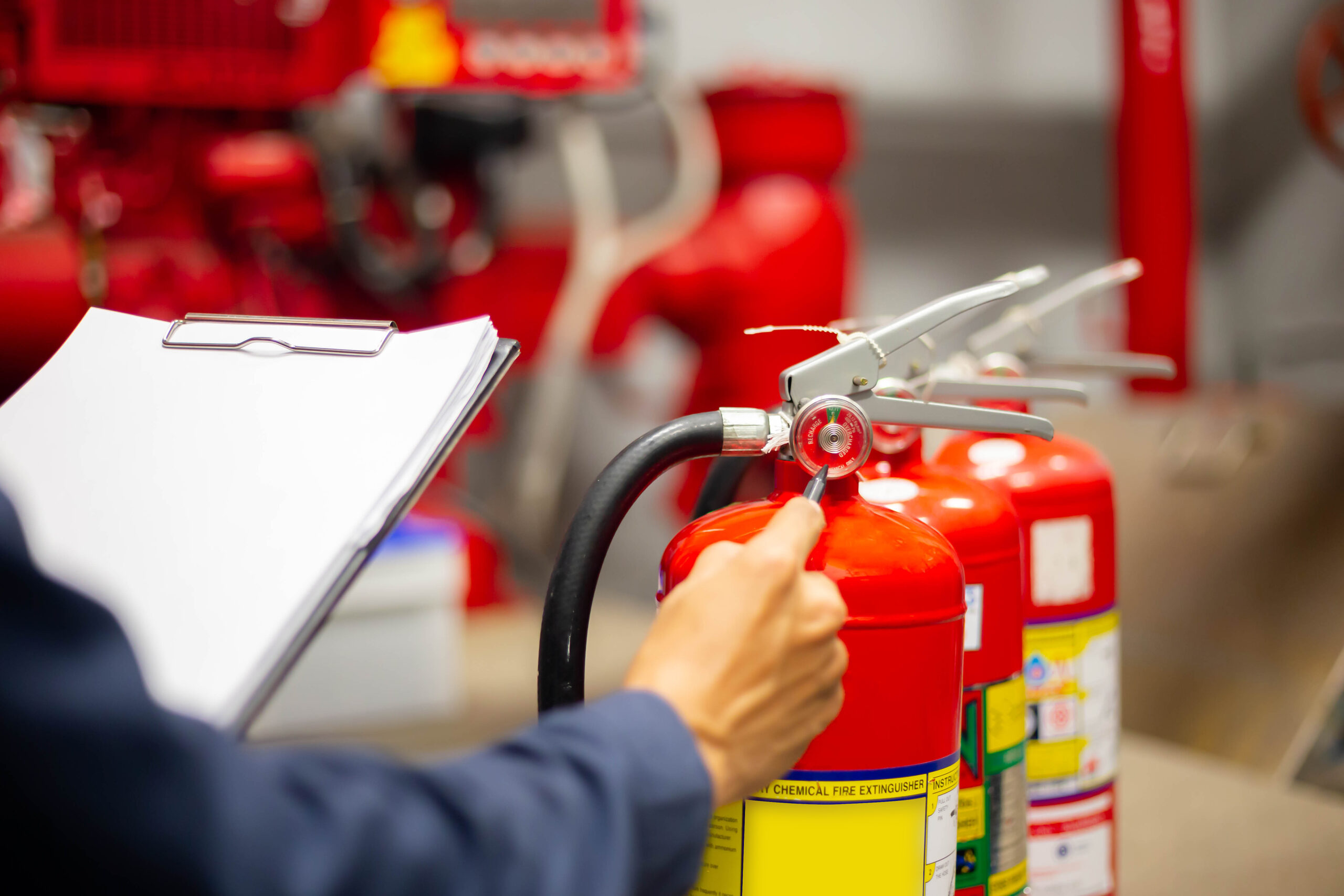Managing a site project is a tough job, no matter how big or small the project is. You might face challenges like tight deadlines, strict budgets, pinning down objectives, and overcoming communication and skill gap issues – and that’s just the beginning.
So, how do you effectively manage every aspect of your construction project from start to finish and avoid some of those common hurdles? The answer is by making sure you have a detailed construction phase plan (CPP) in place.
What is a Construction Phase Plan (CPP)?
A CPP is a simple Health & Safety management document that, alongside risk assessments and method statements, helps to make sure that everything in your project runs as smoothly as possible.
Under the Construction (Design and Management) Regulations 2015 (CDM 2015), this specific plan stands as the ‘go-to’ document for the overall project, detailing and focusing on the type of work that’s carried out, the key individuals that are involved, and, crucially, the emergency plans that need to be set in stone if anything were to happen.
It’s important to note that the length and complexity of your project will affect what’s included in your CPP – so it’s not a simple copy-and-paste job!
When do you need to complete a Construction Phase Plan?
A CPP must be completed before the construction project begins so there’s time to communicate with all the relevant governing bodies, contractors, and local authorities. This also makes sure any risks and hazards are managed before anyone has the chance to pick up a single tool.
No matter what the size or type of your project, you’re legally required to complete a CPP. This still applies if you’re simply converting a garage, extending a small property, renovating a structure, or building a small plot of outbuildings.
It’s important to note that if your project lasts for more than 500 working days or it runs for more than 30 days and you have more than 20 people working on the project at the same time at any given point, you must notify HSE about your project.
Why is a Construction Phase Plan important?
Your CPP is a critical document in all CDM-qualifying projects, big or small. It includes considerations of how your specific construction project affects the public, means of transport, neighbouring residential/industrial premises, and your contractors – so getting it right and keeping it as clear and informative as possible is key.
Who prepares a Construction Phase Plan?
If you’re carrying out work for a commercial client, there are a few individuals involved in putting the CPP together to comply with CDM 2015 and these tend to be the Principal Designer, Principal Contractor, and other relevant contractors who play a part in managing site safety.
If, however you’re working with a domestic client and carrying out construction work on their home or a family member’s home, then it’s up to the Contractor and Principal Contractor to manage the project and therefore the CPP.
During the pre-construction phase, the Principal Designer will look at the planning, maintenance, and the overall management of the project as a bigger picture and they’ll then combine all their findings and present them to the Principal Contractor.
Then, the Principal Contractor will use those findings along with the information from the risk assessment and method statement to put the CPP document together.
What should be included in a Construction Phase Plan?
Your CPP is a living document and should be reviewed regularly and altered if there are any changes to the project. It’s essential that all four sections of the document are always filled out correctly.
1. Section one: The project description
This section is designed to clearly state who holds certain responsibilities for the project, along with the contact details for the client, Principal Designer, Principal Contractor, and any other contractors who might help supervise and manage the project.
It should also describe the objective of the project, safety considerations for everyone involved, and the proposal for each phase – including site clearance, traffic management, welfare, waste disposal, contractor logistics and any historic matters or special considerations that need to be accounted for.
This section doesn’t need to be frequently reviewed because the details should remain the same during the project – unless there are uncontrollable unforeseen circumstances.
This is also where you would also refer to your supporting documents (risk assessments and method statements) because they’re an essential part of the planning phase. Your project may require contributing information on Health & Safety hazards like asbestos, legionella, and ground surveys, so all Health & Safety management documents should be included here.
2. Section two: Managing the work
Next on the list is identifying the key safety matters and how they’ll be managed and controlled. Here you’ll include information on:
- Emergency situations
- Inductions and training
- Contractor competency
- Communication methods
- Plans for dealing with dynamic and unplanned situations.
Without this section, your CPP would only present the ‘how’ and not the ‘who’ and/or ‘what’ of your project, so it wouldn’t comply with CDM 2015. At this point, everyone will be inducted into the Principal Contractor’s safety rulings (as per the site plan), so identifying how this will be communicated and by who is hugely important to reducing any risks and improving response times and efficiency.
3. Section three: The significant risk
After outlining the responsible individuals and their contact details, the CPP should list all safety concerns and how they should be controlled.
Some risks or hazards you might detail in this section of your CPP include (but are not limited to):
- Noise levels
- Dust exposure
- Plant use and movement
- Deliveries and site access
- Work-specific hazards (demolition/excavation)
- Fire safety, incl. hot work
- Utilities (gas, water, electric, etc.)
- Ground conditions/preparation
- Work at height
- Use of temporary structures
- Confined space work
- Open water
- Welfare
This section acts as a summary so that anyone who needs to access this information quickly and easily can do so. Although this section avoids the fine detail you’d find in your risk assessments and method statements, it acts as an index of the documents being provided in your full Health & Safety document package.
4. Section four: Supporting documentation (Appendix)
Without this section, your contractors wouldn’t be able to access the essential technical documents they’d need to be able to carry out the project effectively. For every type of project, this section should include:
- Site drawings
- Asbestos surveys
- Planning records
- Risk assessments
- Method statements
- Insurance details
- Training records
- Maintenance records
- Monitoring templates
This section is also where you should find the documents that are project-specific and might include:
- Inspection audits
- COSHH information including an inventory, material safety data sheets and COSHH assessments for each substance
- Competency and qualification evidence
- Evidence of meetings including minutes
- Air monitoring reports and monitoring plans
- Location or services
- Environmental documentation and surveys
- Plant registers and maintenance certification (statutory and internal) – i.e., Lifting Operations and Lifting Equipment Regulations (LOLER) 1998 and Provision and Use of Work Equipment Regulations (PUWER) 1998 documentation.
By having all the essential documents in one section, they’re easy to find and easy to examine before the project starts.
Need extra support?
Not only do we offer an easy-to-use, free, editable CPP template that can be downloaded from our website, but you can also utilise our Safety First Pack, which has every CPP section already filled out for you.
In our 100 years of collective construction safety experience, our qualified Health & Safety Consultants have faced every possible scenario in the ever-changing industry – so you can rest assured we’re prepared for everything.
If you’d like to find out more about how we can support you with your construction project, just get in touch with our team by calling 0114 244 4461 or by filling out our call-back form.








